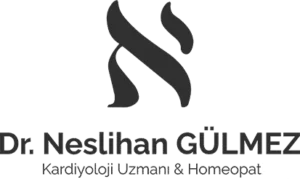How Does the Heart’s Conduction System Works
The heart contracts and distributes the incoming blood throughout the body like a pump. The contraction process is thanks to the electric current. Therefore, we can call the heart an electromagnetic organ. The mechanical property of the heart is stimulated by the electric current that occurs as a result of the realization of some chemical events, stimulating the heart muscle. This is the first thing that happens. When the heart muscle is stimulated, it contracts with the realization of a number of chemical events. The currents generated are at the millvolt level. The currents in the heart can be measured simply with some devices. Electrical conduction of the heart can be measured with techniques such as ECG and electrocardiogram. The ECG or electrocardiogram is performed to diagnose some heart diseases.
Heart Conduction System and Working Principle
A single beat of the heart begins to occur when a cluster of specialized cells, known as the sinoatrial node, located at the top of the right atrium of the heart, emits an electrical impulse. The most important feature of the cells is that they generate continuous impulses at equal time intervals and at certain speeds. In fact, this part can be called the natural battery of the heart.
The impulse from the so-called sinus node travels along the two atria of the heart and along pathways designed for this purpose. With this impulse, the atria contract and transmit the blood to the ventricles.
The impulse will then come to another special part between the atria and the ventricles. The electrical impulses are held for a short time in this special part just before they reach the ventricles. This is to prevent both the atria and ventricles from contracting at the same time. If they contracted at the same time, sending blood in a certain direction would fail. First, the contraction of the atria causes blood to flow from the atria to the ventricles, and then the contraction of the ventricles causes blood to flow to the aorta and pulmonary artery.
After this, the current passes through the so-called antioventricular node and, with the help of a special system, the current spreads to all the ventricles, which contract and transmit the blood to the lungs and, through the aorta, to all parts of the body. The sinus node then generates a new impulse and the cycle starts again. Under normal conditions, the sinus node generates an average of 60 to 80 impulses per minute in a healthy person. This is the number of beats per minute of the heart.
